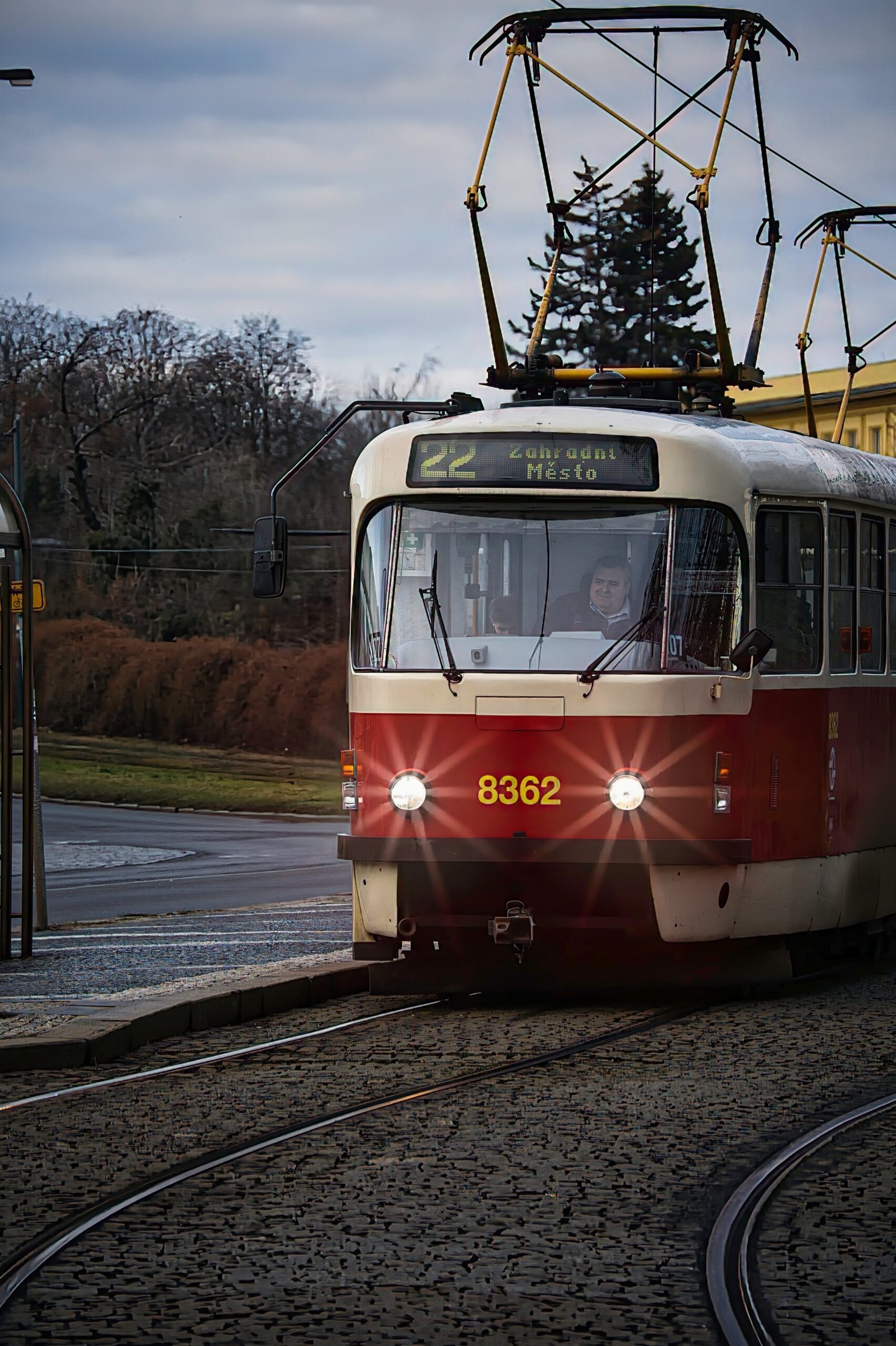
Did you know that excessive noise and light pollution can significantly affect the well-being of chickens? In recent studies, researchers have found that loud noises, such as those from nearby construction sites or busy roads, can cause stress and anxiety in these feathered creatures. Additionally, the constant exposure to artificial light during nighttime disrupts their natural sleep patterns and can have detrimental effects on their reproductive health. Understanding the impact of noise and light pollution on chickens is crucial for creating environments that promote their overall welfare and productivity.

Effects of Noise Pollution on Chickens
Stress and Behavioral Changes
Excessive noise pollution can have a significant impact on the well-being of chickens. Just like humans, chickens are highly sensitive to noise, and constant exposure to loud noises can cause them to experience elevated stress levels. This can result in a range of behavioral changes, such as increased agitation, restlessness, and even aggression. Additionally, chickens may exhibit signs of fear and anxiety, leading to reduced activity levels and decreased interaction with their surroundings.
Reduced Egg Production
Another noticeable effect of noise pollution on chickens is reduced egg production. The constant exposure to loud and disruptive sounds can disrupt the reproductive cycle of hens, leading to a decrease in the frequency and quality of eggs laid. The stress caused by noise pollution disturbs the hormonal balance in chickens, affecting their ability to lay eggs consistently. This can have a negative impact on poultry farms that rely on a steady supply of eggs for their business.
Impaired Growth and Development
Chickens rely on a peaceful and calm environment for optimal growth and development. Noise pollution disrupts their natural growth processes by hindering their ability to rest and recover. The constant exposure to loud noises can lead to poor weight gain in chickens, affecting their overall size and muscle development. Additionally, noise pollution can interfere with the absorption of essential nutrients, further impeding the growth and overall health of the birds.
Weakened Immune System
Noise pollution has been found to weaken the immune system of chickens, making them more susceptible to diseases and infections. The increased stress levels caused by constant exposure to loud noises can suppress the chickens’ immune responses, leaving them more vulnerable to pathogens. This can result in higher mortality rates among the chicken population, leading to financial losses for poultry farmers.
Effects of Light Pollution on Chickens
Sleep Disruption
Light pollution, particularly during the nighttime, can disrupt the sleep patterns of chickens. Chickens naturally follow a circadian rhythm, where they are awake and active during the day and restful during the night. However, the presence of artificial lights can confuse their natural sleep-wake cycle, leading to sleep deprivation and increased stress levels. This disruption in sleep can have a cascading effect on the overall health and productivity of the chickens.
Altered Circadian Rhythms
Light pollution also alters the natural circadian rhythms of chickens. Constant exposure to bright lights during the night can interfere with their internal body clock, leading to irregular patterns of rest and activity. This disruption not only affects their sleep but also impacts their feeding patterns and overall behavior. Disturbed circadian rhythms can be particularly problematic when it comes to poultry farming, as it can result in suboptimal growth rates and reduced egg production.
Delayed Maturity and Sexual Maturity
The presence of artificial lights can delay the maturity of chickens, both in terms of physical growth and sexual maturity. The exposure to constant light during the nighttime can affect the production of hormones that regulate growth and sexual development. This delayed maturity can pose challenges for poultry farmers who rely on chickens reaching maturity at a specific age for optimal productivity and breeding purposes.
Reduced Egg Production
Similar to noise pollution, light pollution can also lead to reduced egg production in chickens. The disruption of their natural light-dark cycle can interfere with the hormonal signaling required for consistent and regular egg laying. Hens subjected to prolonged periods of artificial lighting may experience irregular or decreased egg production, impacting the efficiency and profitability of poultry farms.

Factors Contributing to Noise Pollution
Industrial Activities
Industrial activities, such as manufacturing plants, factories, and machinery, contribute significantly to noise pollution. The constant operation of heavy machinery, engines, and ventilation systems generates loud and disruptive sounds that can have detrimental effects on nearby chicken populations.
Traffic Noise
Traffic noise, including the sound of vehicles, horns, and sirens, is a major contributor to noise pollution in both urban and rural areas. Highways, roads, and even busy streets near poultry farms can produce continuous noise that can disrupt the normal behavior and development of chickens.
Outdoor Events and Gatherings
Outdoor events and gatherings can also contribute to noise pollution in areas where poultry farms are located. Festivals, concerts, and other social gatherings that involve amplified music, fireworks, and large crowds can generate high levels of noise that can disturb the chickens’ peace and induce stress.
Construction and Building Works
Construction and building works, particularly those in close proximity to poultry farms, can generate significant noise pollution. The constant hammering, drilling, and use of heavy machinery can cause chronic noise exposure for chickens, leading to stress, disrupted sleep patterns, and impaired growth.
Preventing Noise Pollution
Implementing Noise Barriers
To mitigate the impact of noise pollution on chickens, the implementation of noise barriers can be highly effective. Constructing physical barriers around poultry farms can help reduce the transmission of sound from external sources, creating a quieter and more peaceful environment for the birds.
Noise Reduction in Industrial Settings
Industries and factories can implement noise reduction measures, such as using sound-absorbing materials, enclosing noisy machinery, and maintaining equipment to minimize noise emissions. By reducing noise at the source, the impact on nearby poultry farms can be significantly reduced.
Restricting Traffic Flow
Implementing traffic control measures, such as speed limits, traffic diversion, and soundproofing barriers along roads near poultry farms, can help minimize the impact of traffic noise. By reducing the noise generated by moving vehicles, chickens can experience a more tranquil environment conducive to their well-being.
Noise-Canceling Measures for Outdoor Events
For outdoor events and gatherings near poultry farms, implementing noise-canceling measures can be beneficial. This can include using sound barriers, directional sound systems, and proper planning to ensure that the noise generated does not exceed permissible levels that could disturb the chickens.

Factors Contributing to Light Pollution
Artificial Lighting
Artificial lighting, both indoors and outdoors, contributes significantly to light pollution. Lighting fixtures such as streetlights, floodlights, and even improperly shielded fixtures emit excessive light, which can disrupt the natural darkness required for chickens to rest and maintain their natural sleep cycle.
Urbanization and Street Lighting
The growth of urban areas often leads to increased street lighting, which contributes to light pollution. The proliferation of streetlights in residential areas near poultry farms can create a perpetual glow that affects the natural circadian rhythms of chickens, leading to sleep disturbances and compromised health.
Outdoor Advertising and Signage
Large outdoor advertisements, billboards, and illuminated signage can also contribute to light pollution. Their bright and often unnecessary lighting can add to the overall light pollution levels in the vicinity of poultry farms, further affecting the chickens’ ability to rest and function optimally.
Improper Use of Lighting Fixtures
Improper use of lighting fixtures, such as leaving lights on unnecessarily or using bulbs with excessively high wattages, can add to light pollution. By simply adopting energy-efficient practices and ensuring lights are only used when necessary, the impact of light pollution on chickens can be significantly reduced.
Preventing Light Pollution
Using Shielded Light Fixtures
One of the most effective ways to prevent light pollution is to use shielded light fixtures. By ensuring that light is directed downward and properly distributed, the amount of light escaping into the surrounding environment can be minimized. Shielded fixtures help focus light where it is needed while avoiding unnecessary light pollution.
Installing Timers and Sensors
Installing timers and sensors in lighting systems can significantly contribute to reducing light pollution. These devices can automatically turn lights on/off during specific times or when there is sufficient natural light, preventing the unnecessary illumination of poultry farm areas during nighttime.
Implementing Light Curfews for Outdoor Lighting
To minimize light pollution, implementing light curfews for outdoor lighting can be highly effective. By setting specific times for outdoor lighting to be turned off or dimmed, the natural darkness required for chickens can be preserved, allowing them to follow their natural sleep-wake cycle without disturbances caused by excessive artificial lighting.
Educating People about Proper Lighting Practices
Raising awareness about light pollution and its impact on the environment, including poultry farms, is crucial in preventing it. Educating individuals about proper lighting practices, promoting the use of energy-efficient lighting, and encouraging responsible use of lighting fixtures can significantly contribute to reducing light pollution levels.
Effects of Combined Noise and Light Pollution
Synergistic Effects on Stress Levels
When noise pollution and light pollution occur together, they can have synergistic effects on the stress levels of chickens. The combination of loud noises and excessive artificial lighting can create a highly stressful environment for the birds, leading to amplified stress responses and increased health risks.
Impaired Sleep and Rest Patterns
Combined noise and light pollution can severely disrupt the sleep and rest patterns of chickens. The constant exposure to loud noises and bright lights during crucial resting periods can lead to sleep deprivation, fragmented sleep, and altered sleep-wake cycles. This can result in decreased overall well-being and productivity among chickens.
Negative Impact on Reproductive Health
The combined impact of noise and light pollution can negatively affect the reproductive health of chickens. The stress induced by noise pollution and the disruption of regular light-dark cycles can disturb hormone production and reproductive processes, leading to irregular breeding patterns and reduced fertility rates.
Increased Vulnerability to Diseases
Chickens exposed to both noise and light pollution experience increased vulnerability to diseases. The compromised immune system caused by chronic stress and disrupted sleep patterns can make them more susceptible to infections and health issues. This can result in a higher incidence of diseases among the chicken population, leading to significant economic losses for poultry farmers.
Protecting Chickens from Noise and Light Pollution
Providing Soundproof Housing
Creating soundproof housing for chickens is an effective measure to protect them from noise pollution. Insulating the poultry houses with materials that absorb sound can greatly reduce the transmission of external noise, providing a peaceful and quiet environment for the chickens.
Optimizing Lighting in Poultry Farms
To protect chickens from light pollution, optimizing the lighting in poultry farms is crucial. Using natural light whenever possible and implementing efficient lighting systems that minimize unnecessary illumination during nighttime can help preserve the chickens’ natural sleep patterns and minimize the negative effects of light pollution.
Establishing Buffer Zones
Creating buffer zones between poultry farms and potential sources of noise and light pollution can be beneficial. By maintaining a sufficient distance from industrial areas, highways, and highly populated areas, the impact of external noise and light pollution can be minimized, creating a more suitable environment for the chickens.
Regulating Noise and Light Emissions
Regulating noise and light emissions through local legislation and guidelines can protect chickens from pollution. Implementing noise and light emission standards for industries, construction activities, outdoor events, and lighting practices can help ensure that poultry farms are shielded from excessive noise and artificial light.
Research and Studies on the Impact of Noise and Light Pollution
The Influence of Noise Pollution on Chickens’ Physiology and Behavior
Research studies have investigated the physiological and behavioral impact of noise pollution on chickens. These studies have highlighted the negative effects of chronic noise exposure, such as elevated stress hormone levels, altered feeding behavior, and impaired growth. Understanding these effects helps in designing effective strategies to mitigate the impact of noise pollution on chickens.
Effects of Light Pollution on Poultry Production
Various studies have also explored the effects of light pollution on poultry production. These studies have demonstrated the disruption of circadian rhythms, decreased egg production, and delayed maturity in chickens due to light pollution. By identifying specific impacts, researchers can develop targeted interventions to safeguard the welfare and productivity of poultry.
Investigating the Combined Impact of Noise and Light Pollution
Some research has focused on investigating the combined impact of noise and light pollution on chickens. These studies have revealed the compounding effects of both types of pollution, emphasizing the need for comprehensive mitigation strategies. By understanding the intricate relationship between noise and light pollution, researchers can develop more effective measures to protect chickens.
Developing Strategies for Mitigating Noise and Light Pollution Effects
Researchers and experts are continuously working on developing strategies to mitigate the effects of noise and light pollution on chickens. These strategies include the development of sound-absorbing materials, improved lighting fixtures, and innovative agricultural practices that consider the impact of noise and light pollution. Ongoing research aims to provide practical solutions that can be implemented to protect chickens from these forms of pollution.
Conclusion
The impact of noise and light pollution on chickens is significant and far-reaching. The adverse effects include elevated stress levels, reduced egg production, impaired growth, weakened immune system, sleep disruption, altered circadian rhythms, delayed maturity, and negative impacts on reproductive health. Both noise and light pollution stem from various sources such as industrial activities, traffic noise, outdoor events, artificial lighting, urbanization, and improper use of lighting fixtures. However, there are preventive measures that can be taken to mitigate these forms of pollution.
To prevent noise pollution, implementing noise barriers, reducing noise in industrial settings, restricting traffic flow, and employing noise-canceling measures for outdoor events are effective strategies. To prevent light pollution, using shielded light fixtures, installing timers and sensors, implementing light curfews, and educating people about proper lighting practices are essential.
The combined impact of noise and light pollution on chickens leads to synergistic effects on stress levels, impaired sleep, negative impacts on reproductive health, and increased vulnerability to diseases. To protect chickens, soundproof housing, optimized lighting in poultry farms, establishing buffer zones, and regulating noise and light emissions are recommended. Research studies on the impact of noise and light pollution provide valuable insights for understanding the effects on chickens’ physiology and behavior, effects on poultry production, investigating the combined impact, and developing effective mitigation strategies.
In conclusion, it is crucial to create awareness about the impact of noise and light pollution on chickens and implement measures to regulate and minimize these forms of pollution. By prioritizing chicken welfare and productivity, we can create better environments for these animals while also ensuring sustainable and efficient poultry farming practices. Continued research and implementation of effective strategies will further contribute to the well-being of chickens and the overall improvement of the poultry industry.






